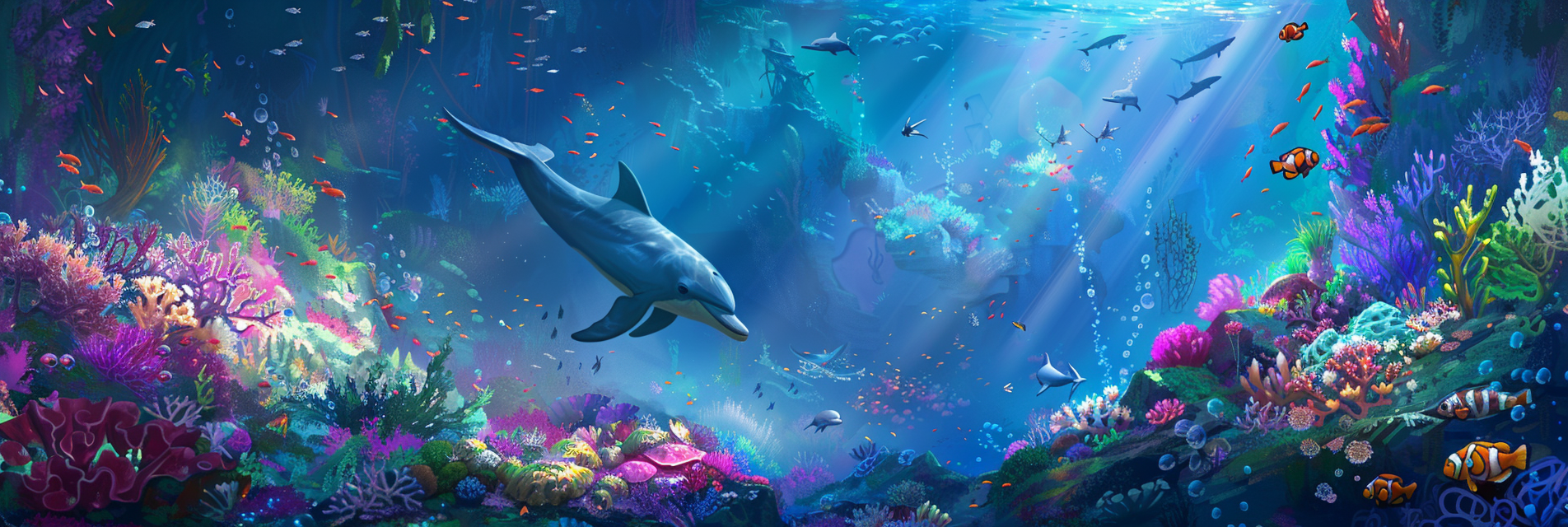
Manta Ray
The Manta Ray is a large, flat marine creature with wing-like pectoral fins and a wide, open mouth for filter-feeding. They are found in tropical and subtropical oceans and known for their graceful swimming.
Scientific Name
Manta birostris
Behavior
Manta Rays are known for their solitary nature, although they are also found in small groups, especially when feeding and cleaning. They feed on plankton, small fish, and occasionally crustaceans, swimming with their mouths open to funnel in their food. Manta rays are highly mobile, with oceanic mantas undertaking long migrations across open oceans, while reef mantas tend to stay within specific areas around coral reefs and islands.
Breeding
Manta Rays are ovoviviparous, meaning the females give birth to live young that have developed inside eggs within the mother's body. A female manta ray typically gives birth to a single pup every 2 to 5 years after a gestation period of about 13 months. The slow reproductive rate of manta rays makes their populations particularly vulnerable to overfishing.
Characteristics
Manta Rays are among the largest rays, with oceanic mantas reaching widths of up to 7 meters (23 feet) and reef mantas up to 4.5 meters (15 feet). Their coloration varies from black to blue-gray on the back to white underneath, which may contain unique patterns that help in identifying individuals. Manta rays have two horn-shaped cephalic fins on either side of their wide mouths, which they roll up while swimming and unfurl when feeding.
History
Manta Rays have a fossil record that dates back to about 20 million years ago. Their evolution has equipped them with specialized filter-feeding mechanisms and a highly developed brain, making them one of the more intelligent species of fish.
Current Status
The International Union for Conservation of Nature (IUCN) lists the oceanic manta ray as Vulnerable and the reef manta ray's status is also considered Vulnerable due to increasing pressures from targeted fisheries, bycatch, and habitat destruction. Manta rays are hunted for their gill plates, which are used in traditional medicine, leading to significant declines in some populations. Conservation efforts include protective legislation, the creation of marine protected areas, and international trade regulations under CITES (the Convention on International Trade in Endangered Species of Wild Fauna and Flora) to control the export and import of manta ray products. These majestic creatures are also popular among divers and snorkelers, making them important for ecotourism, which provides an incentive for their conservation.




